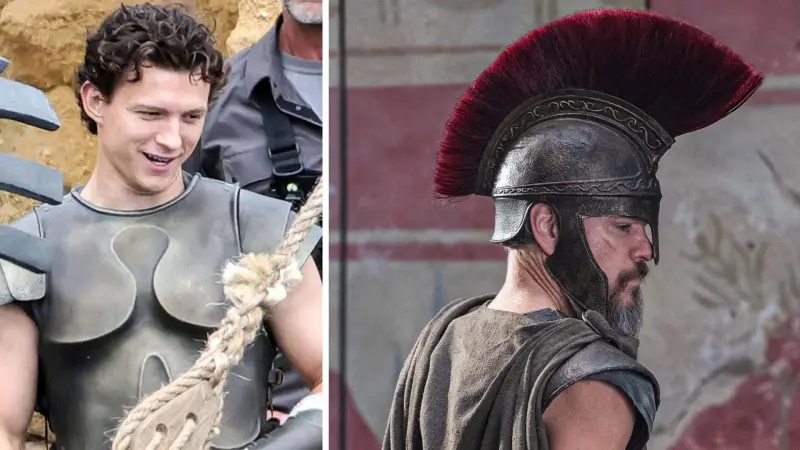Introduction
The Terracotta Army is one of the most remarkable archaeological discoveries of all time, shedding light on the military, artistic, and spiritual culture of ancient China. Unearthed in 1974 in the Shaanxi province near Xi’an, this vast collection of life-sized statues was created to accompany China’s first emperor, Qin Shi Huang (259–210 BCE), into the afterlife. This article explores the historical significance, construction, and mysteries surrounding the Terracotta Army.
Discovery and Excavation
In 1974, local farmers digging a well accidentally uncovered fragments of terracotta figures, leading to extensive archaeological excavations. The site, now recognized as part of the Mausoleum of Qin Shi Huang, contains over 8,000 soldiers, along with chariots, horses, and non-military figures such as acrobats and officials. The discovery provided a profound insight into the power and grandeur of the Qin Dynasty.
Historical Context
Qin Shi Huang, the founder of the Qin Dynasty and the first emperor to unify China, was known for his ambitious projects, including the construction of the Great Wall and a standardized system of writing, currency, and law. His elaborate tomb complex reflects his belief in an afterlife where he required a strong army for protection. The Terracotta Army served as both a symbolic and functional force, intended to safeguard him in eternity.
Construction and Craftsmanship
The Terracotta Army was crafted using local clay and then baked in kilns. The statues were assembled in sections, with separate molds for heads, torsos, and limbs, allowing for remarkable individualization. Each figure was originally painted in vibrant colors, though most of the pigments have faded over time. Advanced metallurgical techniques were also employed for the weapons, some of which exhibit early anti-rust technologies.
Significance and Function
The Terracotta Army serves multiple roles in historical and archaeological discourse:
Military Realism: The detailed depictions of armor, weapons, and formations provide insights into the warfare strategies of the Qin Dynasty.
Artistic and Technological Achievement: The precision in sculpting facial features, hairstyles, and expressions demonstrates the high level of craftsmanship in ancient China.
Religious and Cultural Beliefs: The army’s purpose as protectors in the afterlife reflects the emperor’s adherence to the concept of immortality and ancestral reverence.
Ongoing Mysteries
Despite extensive research, several aspects of the Terracotta Army remain unexplained:
The Emperor’s Tomb: The actual tomb of Qin Shi Huang remains largely unexcavated due to concerns over preservation and ancient mercury traps described in historical texts.
Construction Process: The precise methods used to mass-produce and assemble thousands of unique statues are still being studied.
Unexplored Chambers: Archaeologists believe that many undiscovered sections of the burial complex may contain additional figures and artifacts.
Conclusion
The Terracotta Army stands as a testament to Qin Shi Huang’s vision, the artistic brilliance of ancient China, and the enduring mysteries of early imperial history. As excavations continue, new discoveries may further illuminate the legacy of China’s first emperor and the intricate world he sought to take with him into eternity.







